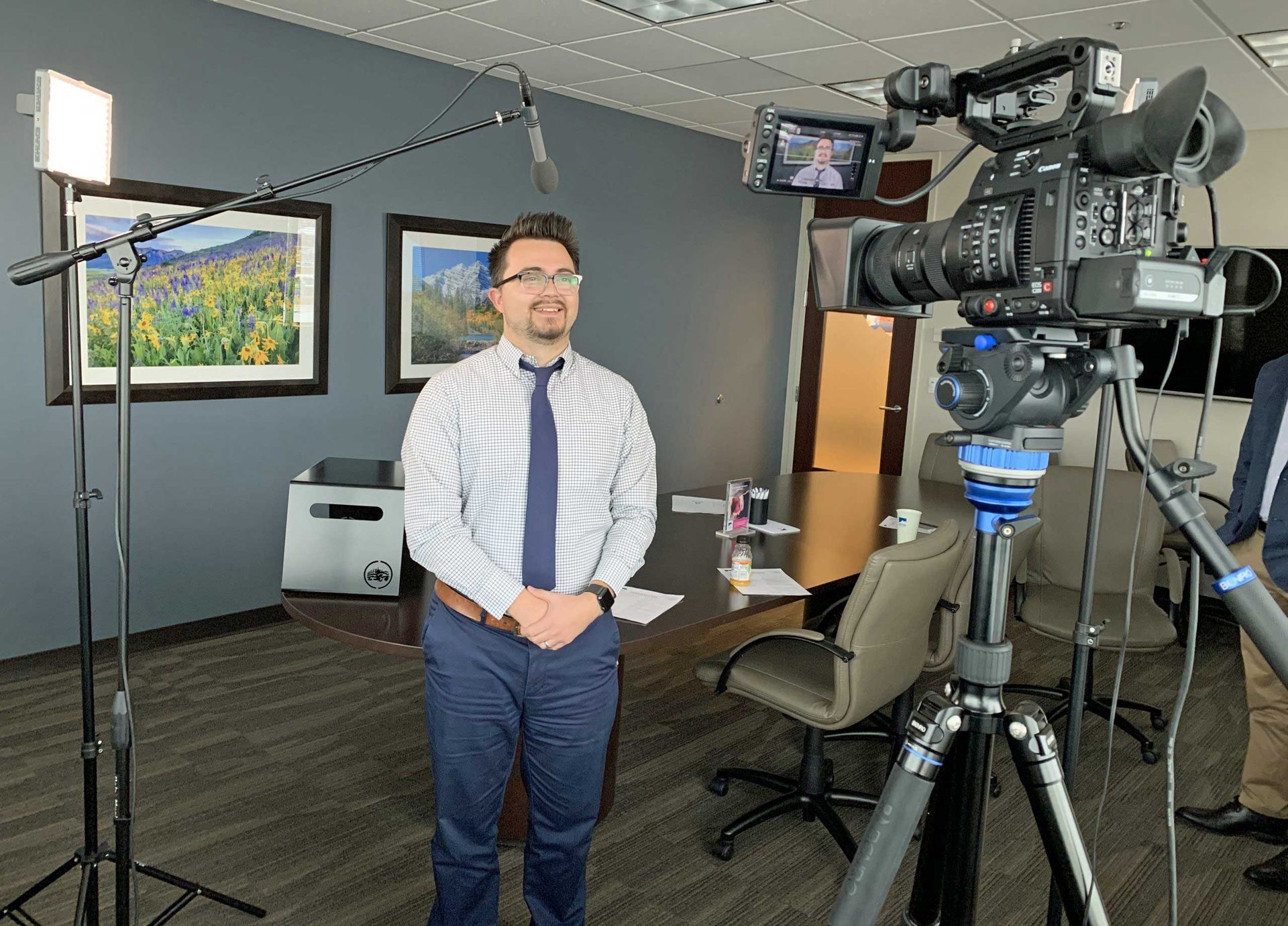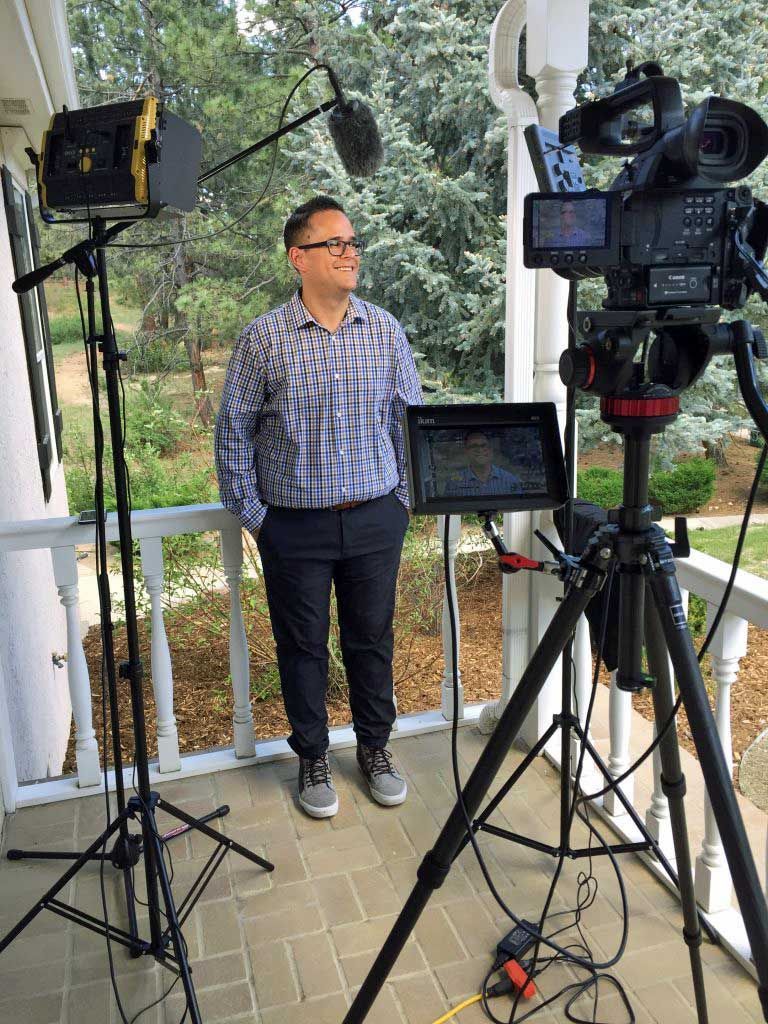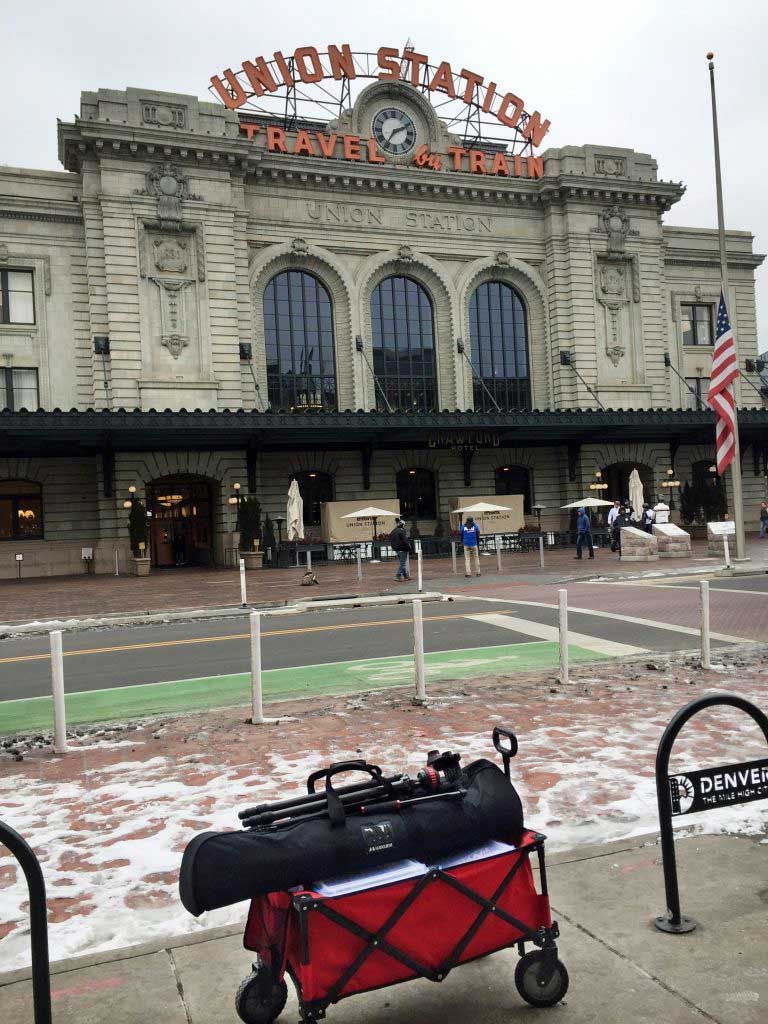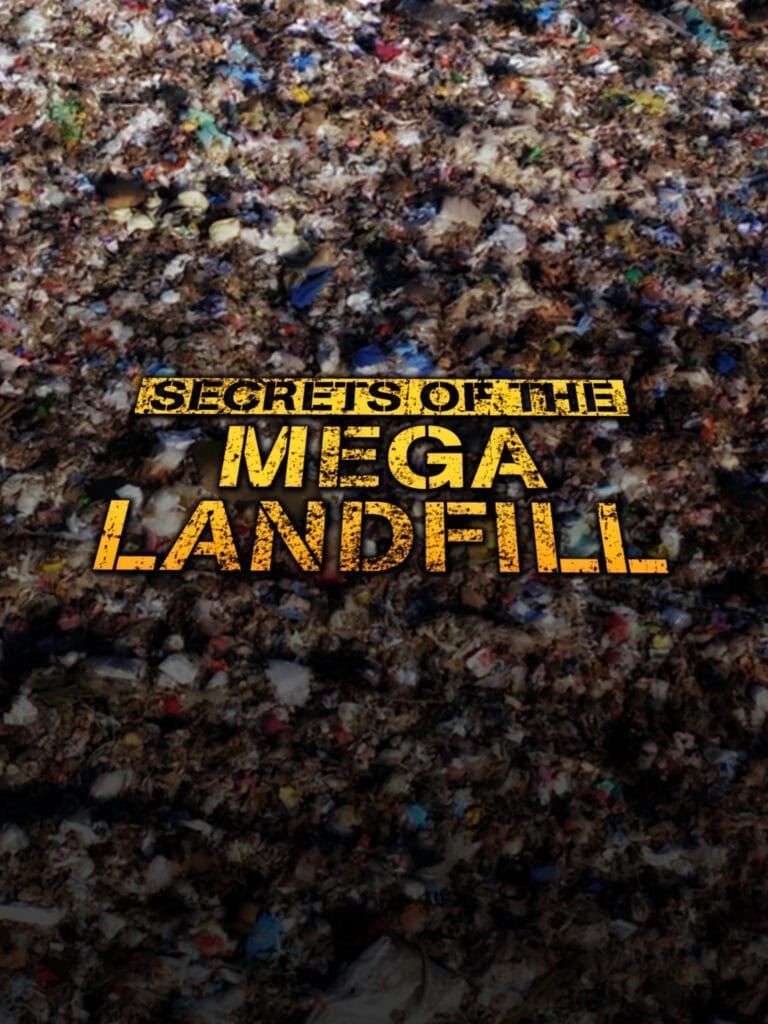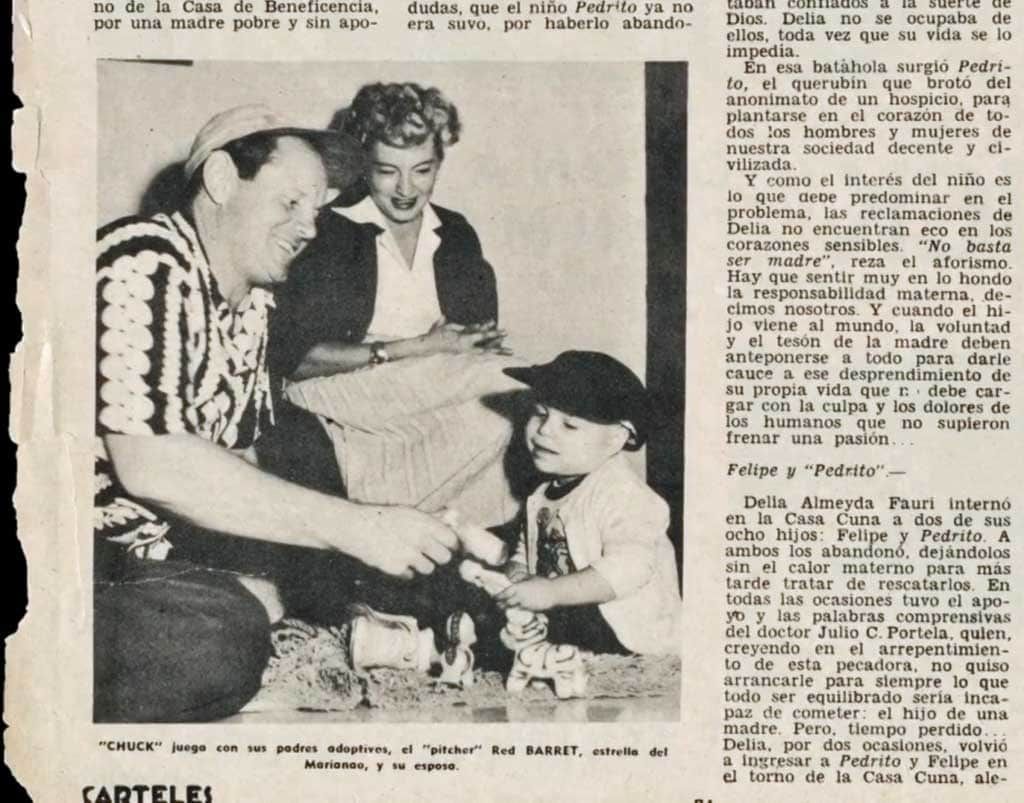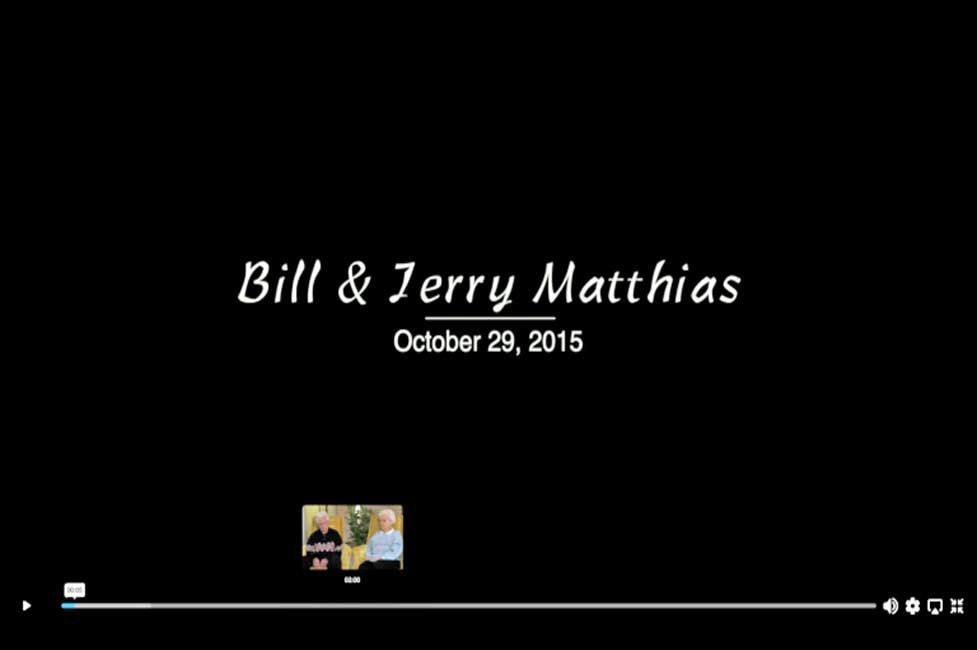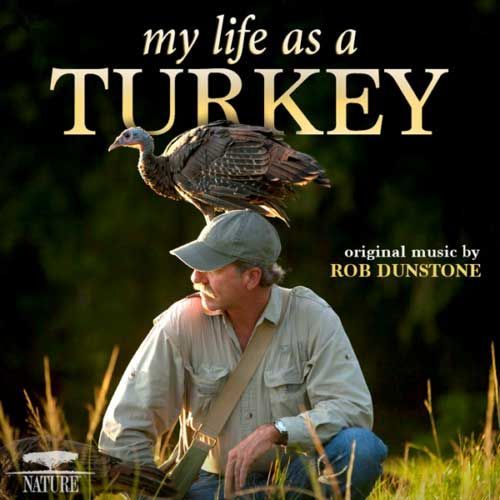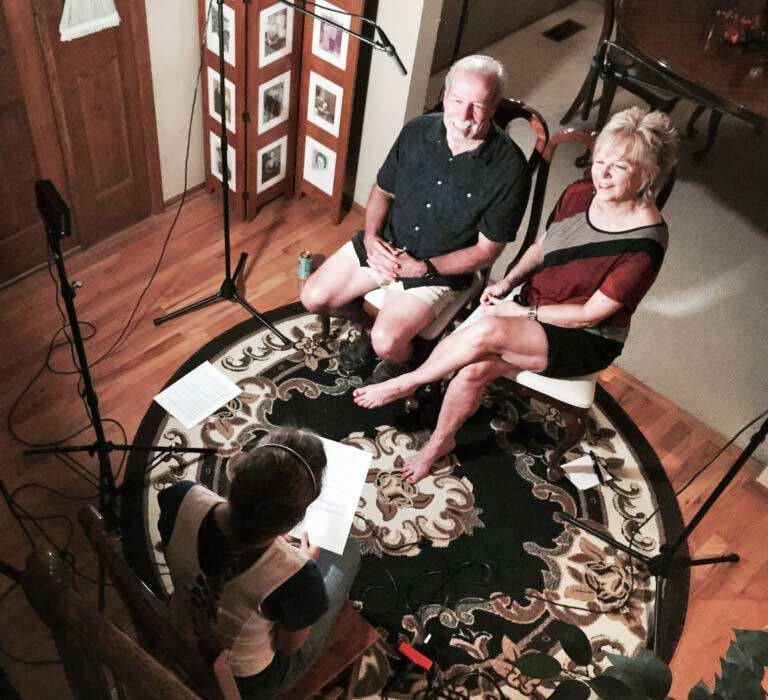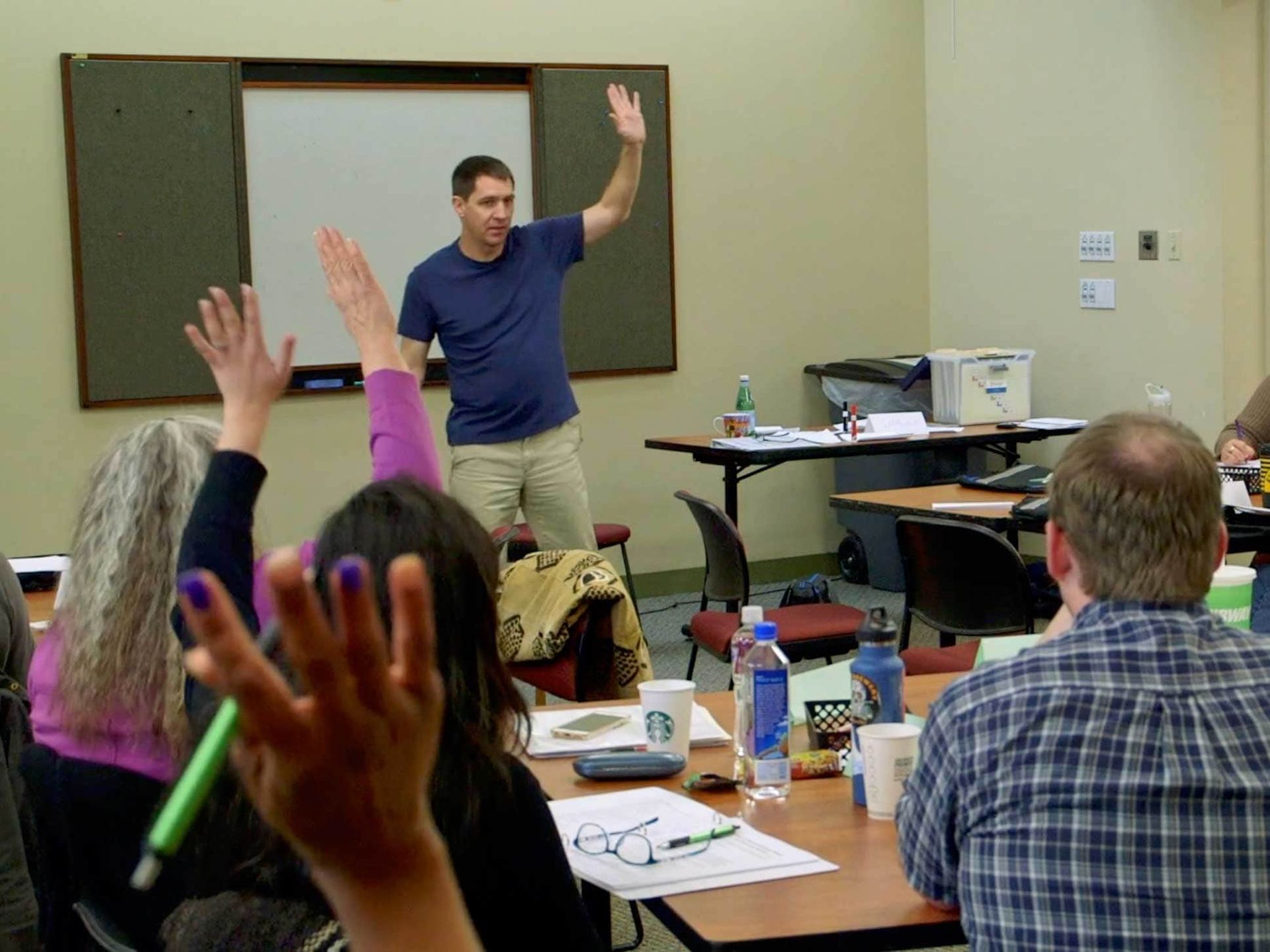What is it you are trying to capture? If you are filming an interview, your list of equipment will be different than if you are filming b-roll, recording an event, or droning aerials. Where is the location? Plan your set-up based on the space. Consider the lighting and mic needs. Will there be easy access to transport your gear in as few trips as possible? Asking yourself these questions will help you prepare the right checklist and be ready for the day
In these behind-the-scenes photos, you can see the minimal set up: tripod, one camera, one mic and stand, two lights (key and back), monitor, headphones, and lots of cords!

